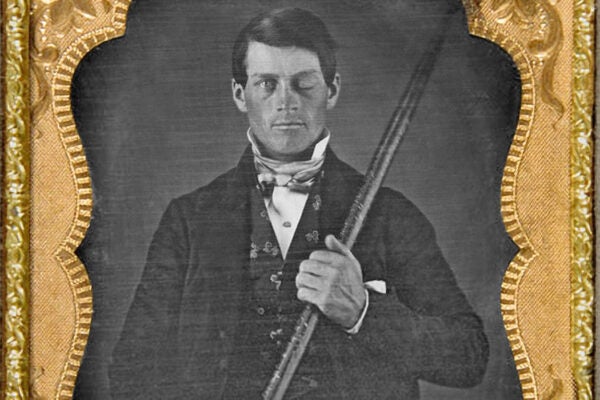Extra Credit: Our pick of stories from around the web that bridge the gap between news and scholarship. Brought to you each Tuesday from the editors of JSTOR Daily.
Dinosaur feathers (National Geographic)
by Kristin Romey
Scientists and Jurassic Park fans are excited about a new find from an amber market in Myanmar: The tail of a young dinosaur, complete with chestnut feathers. This discovery, and others like it, could help resolve longstanding questions about what these creatures looked like and whether they could fly.
How gross is your showerhead? (The New Yorker)
by Nicola Twilley
Most of us probably don’t think much about our showerheads. But a research project is finding all sorts of things, from amoebae to crustaceans, hanging out up there. The study is part of a growing body of research trying to figure out the biology of everything from household dust to sourdough bread.
The broken American dream (The New York Times)
by David Leonhardt
Babies born in the 1940s USA were almost certain to end up making more money than their parents had. Two generations later, we were down to a 50 percent chance. New research based on a massive set of tax data shows us how the shape of the American dream has changed.
The fall of the giraffe (The Atlantic)
by Ed Yong
The latest tally of threatened species warns that giraffe populations are falling precipitously. With their habitat divided by roads and fences, the astonishing creatures are increasingly vulnerable to drought, deforestation, and human predators.
Fighting poverty with cell phones (Vox)
by Zeeshan Aleem
Kenya is a world leader in cell phone banking. Many people there use the M-PESA system to do financial business, including sending help to distant friends and family. In a place where access to banks is limited, this is more than a simple convenience. A new study finds that this system has allowed hundreds of thousands of Kenyans to rise above the poverty line.
Have you seen a story online that does a good job of bridging the gap between the news and scholarship? Or something that seems particularly well-researched? Let us know and we may include it in next week’s roundup. Email us at jstordaily_submissions (at) jstor (dot) org.






